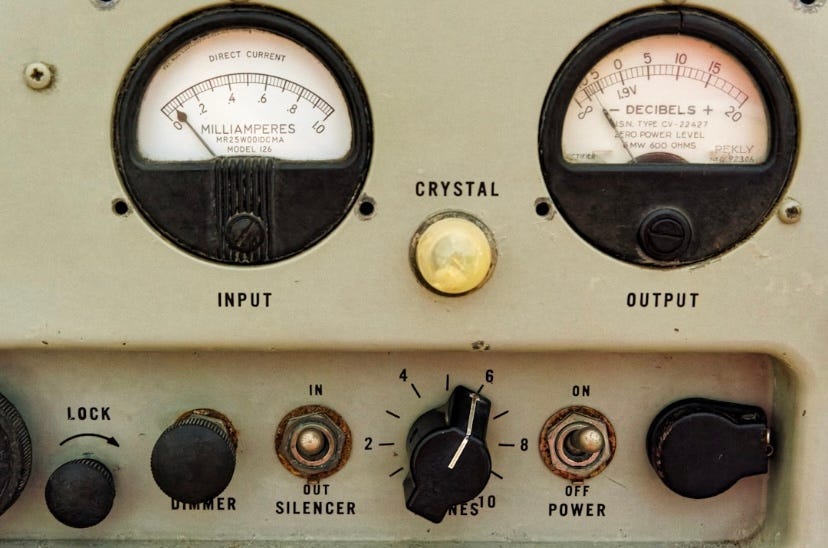Howard Schultz joined Starbucks in 1982 as the director of retail operations and marketing, but he saw a bigger opportunity than just selling coffee beans. After visiting Italy, he was inspired by the vibrant coffee culture in Italian cafés, where coffeehouses were places for socialising and relaxation. Howard wanted to bring that experience to America, transforming Starbucks into a place where customers could enjoy premium coffee and socialise. However, the Starbucks founders weren’t convinced.
In 1985, Howard left to start his own coffee company, Il Giornale, to test and prove his idea. It was, indeed, a success. Two years later, Howard bought Starbucks and merged it with Il Giornale, shifting the business focus to creating a café experience. Howard’s marketing genius is a key reason for Starbucks’ remarkable growth and success. An integral part of this was high profit margins and long term customer loyalty.
LTV to CAC Ratio
The key to multiplying wealth is simple: identify and improve the ratios of inputs to outputs that matter most in your business. - Charlie Munger
While there are many factors that determine the growth prospects of a business, one financial metric is key. It is the Lifetime Value (LTV) to Customer Acquisition Cost (CAC) ratio. This encapsulates the relationship between the lifetime value of a customer and the cost of acquiring that customer. This ratio informs many aspects of business growth potential, including how far to scale advertising, customer acquisition and profitability.
The LTV to CAC ratio is calculated by dividing the LTV by CAC.
The components are:
Lifetime Value (LTV): Average Gross Margin (or Gross Profit) per customer over their lifetime with the brand. This is revenue less the cost of delivering the product (or Cost of Goods Sold).
Customer Acquisition Cost (CAC): Cost incurred to acquire a new customer, including spending on marketing, advertising and sales.
Growth potential
If your LTV to CAC ratio is 3:1 or better, you have a scalable business. If it's less, you need to either improve retention or reduce acquisition costs. - Alex Hormozi
Growth potential is maximised when the LTV to CAC Ratio is large. If the ratio is 10 then for every pound spent on customer acquisition, 10 pounds is returned. By contrast, a ratio of 1 is poor and represents a break even situation. Ratios below 1 mean every new customer is loss making.
A business that has multiple product lines should focus efforts on those where the LTV to CAC Ratio is highest.
Starbucks has grown to 38,000 locations, mainly corporate owned, with minimal franchising. On average, each customer generates over £11,000 in revenue with products like £5 Frappuccinos. They retain customers for many years. With low production costs, their profit margins are substantial, and the cost of acquiring a customer is minimal. This results in an LTV to CAC Ratio likely exceeding 1000, a key driver of their significant growth.
Optimising LTV to CAC Ratio
Chasing a better LTV to CAC ratio means making hard decisions, like improving your product, reworking your pricing strategy or cutting unprofitable acquisition channels. - Alex Hormozi
At the top level, the LTV to CAC Ratio can be improved by maximising LTV and/or minimising CAC. LTV can be maximised by decreasing churn, increasing price, selling more units per customer, cross selling additional things, upselling a better version of the product or decreasing delivery costs. CAC can be minimised by improving operational efficiency in marketing and sales.
Other resources
Understanding LTV to CAC Ratio talk by Alphanome AI
Profits by Product Version 3 post by Phil Martin
Crafting Our Business Plan post by Phil Martin
Warren Buffet knows a thing or two about business. He suggests, The key to efficient growth is focusing on the input-output ratio. Understand the cost of inputs and the value they generate. Always seek to maximise this ratio.
Have fun.
Phil…


